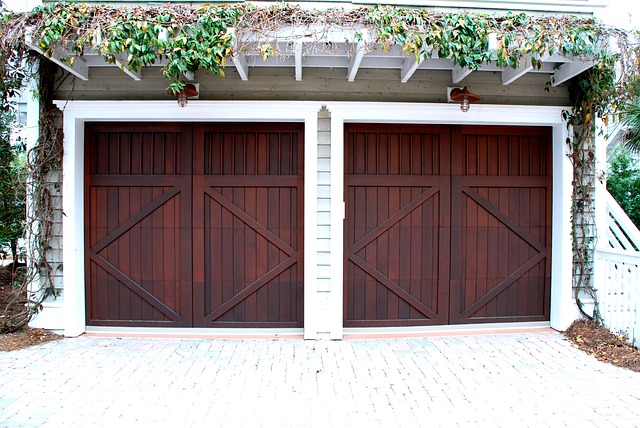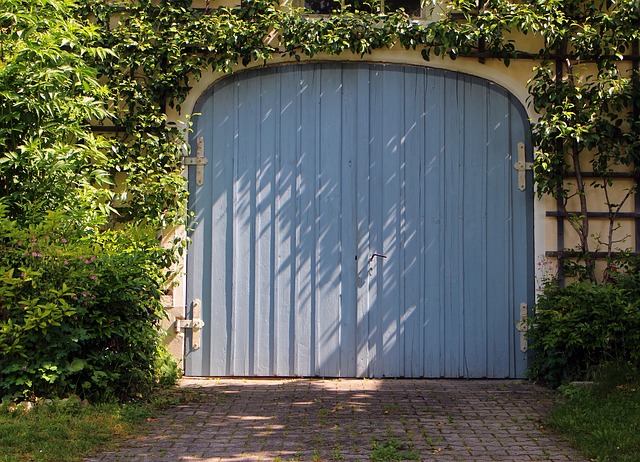Expansion of The Concrete Network
As the UK’s largest independent concrete supply network, The Concrete Network (TCN) has been working hard to bolster its strong start – and build towards an even stronger future.
Developing the network
After moving to our new offices on 21st April 2018 and expanding to 20 members of staff – TCN really hit its stride as it gained over 130+ independent Network Partners. It is the close relationship we hold with our partners which allows us to deliver such an efficient, reliable and unrivalled national service. Whether it’s for commercial construction purposes or a home-based DIYer carrying out some weekend building, we know our customers look to us for a prompt and stress-free supply of concrete every time.
Supporting local charities
Since our establishment, The Concrete Network has always kept an eye to the future. Besides building our wide online knowledge and resource base for customers, we have also looked for ways to integrate and help towards important local causes. We are proud to have partnered with Herts Young Homeless (hyh), a local independent charity that, since 1998, has supported vulnerable people throughout Hertfordshire.
Herts Young Homeless provides close and ongoing support to 16-24-year-olds struggling with family issues, facing homelessness and caring for adults with mental health issues – as well as striving towards preventing homelessness through education and mediation. The Concrete Network believes in this goal, and through our partnership with hyh, we are supporting their efforts with great pride and commitment.
Aiming for expansion
As The Concrete Network continues delivering a straightforward, optimised and extensive service to all its customers, it’s safe to say that the future is looking bright. We’re always building for the future here, and we aim to expand both the business itself and the services we offer our clients. Not only do we aim to grow our network of trusted partners across the country, but we also are looking to grow our concrete pump hire services to ensure even the most awkward pour sites can be accommodated. At TCN, we aim to make it as easy as possible to address all your concrete requirements.
As we recruit more staff and build more job opportunities across The Concrete Network, we can offer our customers a superlative service wherever they’re based, however much concrete they require, and regardless of how complex their project.
If you’d like to learn more about The Concrete Network and any of its services or operations, then don’t hesitate to contact us via email, or call us on 0800 030 9623. Our team is always happy to help.
The post Expansion Of The Concrete Network appeared first on UK Home Improvement Blog.
from UK Home Improvement Blog http://www.ukhomeimprovement.co.uk/expansion-of-the-concrete-network/





 Mowers are likely to be one of the most expensive items of garden machinery you own, so it is important to
Mowers are likely to be one of the most expensive items of garden machinery you own, so it is important to 



 Whether you’ve bought an older property that you intend to renovate, or you’ve got big plans for the property you’re currently in, there are numerous challenges that face you. The first thing to do is make sure you know why you’re renovating and what you hope to get out of it after all the hard work.
Whether you’ve bought an older property that you intend to renovate, or you’ve got big plans for the property you’re currently in, there are numerous challenges that face you. The first thing to do is make sure you know why you’re renovating and what you hope to get out of it after all the hard work.